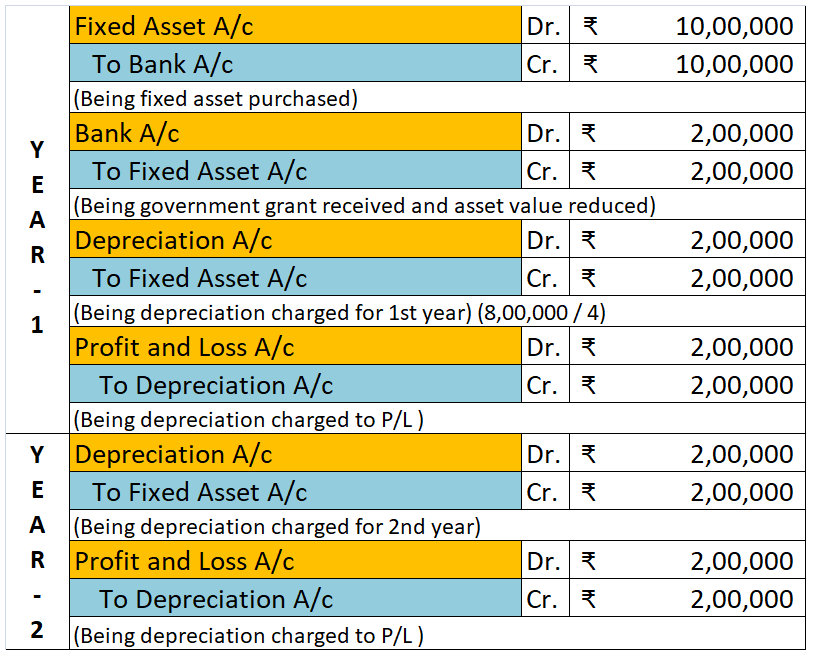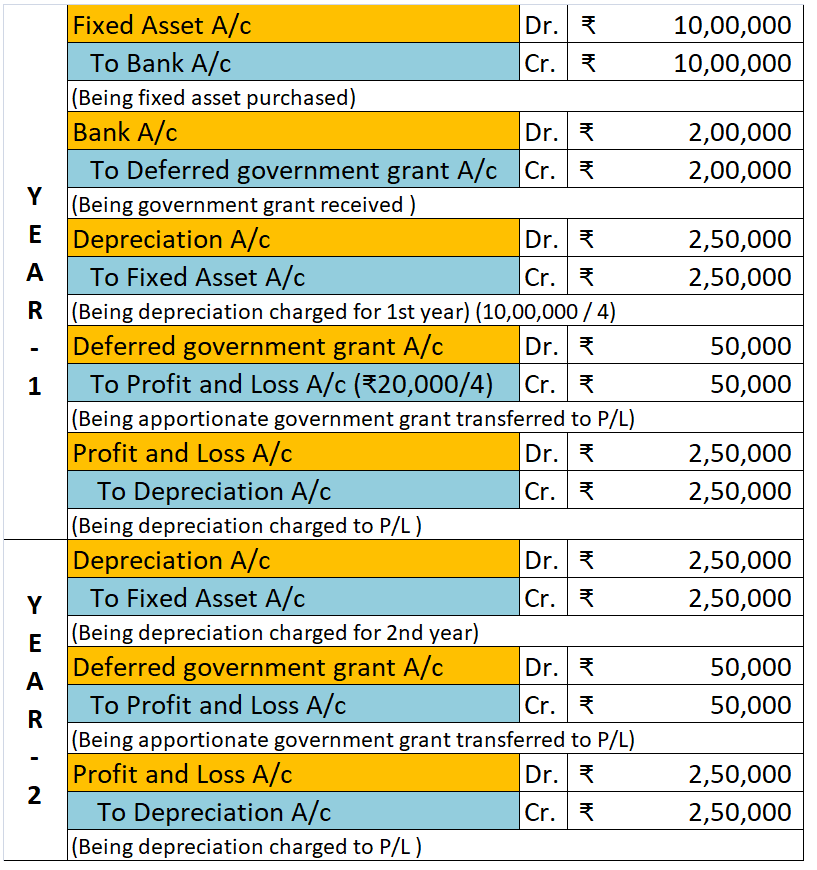A statutory reserve is any reserve that has to be maintained by an Act or law. When it comes to insurance, a statutory reserve is a reserve that an insurance company is legally bound to maintain to ensure that the company is able to meet its policy obligations. In India, as per the Banking RegulatioRead more
A statutory reserve is any reserve that has to be maintained by an Act or law. When it comes to insurance, a statutory reserve is a reserve that an insurance company is legally bound to maintain to ensure that the company is able to meet its policy obligations. In India, as per the Banking Regulations Act, every banking company has to maintain at least 25% of its net profits as statutory reserves.
The companies are required to maintain such reserves to guarantee the availability of cash when it is required by the customer. Common examples of statutory reserves are Cash reserve ratio (CSR), Statutory Liquidity Ratio (SLR).
Treatment
- Statutory reserves are shown in the Profit and Loss account under the head “appropriations”.
- It is also shown under the head Reserves and Surplus (Schedule 2) in the Balance Sheet.
Method
Rule-Based Approach – The company calculates the amount required by using standard formulas. However, since they are pre-determined formulas, it does not cover all risk determining factors.
Principle-based approach – This method is used to protect customers and ensure that the company stays solvent. They hold a higher amount of reserves than required after predicting all possible risks.
Statutory reserves are different from general reserves as general reserves are maintained voluntarily by the company. A company that does not follow statutory requirements will face financial penalties. These reserves are mostly maintained in the form of cash.
Maintenance of reserves gives confidence to investors that their money is secure. However, funds from these reserves can be used only for specific purposes. They should also maintain such reserves whether or not they earn profits.
See less













Whenever the proprietor/owner of a business withdraws cash or goods from the business for his/her personal use, we call it drawings. For example, Alex, proprietor of a soap manufacturing company, takes 50 pack of soaps costing 30 each for his personal use. So, 1,500 (50*30) will be considered as draRead more
Whenever the proprietor/owner of a business withdraws cash or goods from the business for his/her personal use, we call it drawings. For example, Alex, proprietor of a soap manufacturing company, takes 50 pack of soaps costing 30 each for his personal use. So, 1,500 (50*30) will be considered as drawings of Alex. One important thing to note here is whenever goods are withdrawn for personal use they are valued at cost.
Drawings are not an asset/liability/expense/income to the business. The drawings account is a contra-equity account. A contra-equity account is a capital account with a negative balance i.e. debit balance. It reduces the owner’s equity/capital.
Drawings being a contra-equity account has a debit balance, reducing the owner’s capital in the business. This is because withdrawals for personal use represent a reduction of the owner’s equity in the business.
Drawings are not shown in the Income Statement as they are neither an expense nor an income for the business. However, the following journal entries are passed to record drawings for the year:
Drawings A/c is debited because it reduces the owner’s capital. Cash/Purchases A/c is debited as a withdrawal reduces the assets of the business.
At the end of the year, drawings A/c are closed by transferring it to the owner’s capital A/c. We post the following entry to close the drawings A/c at the end of the year:
In the balance sheet, drawings are shown by deducting it from the owner’s capital A/c.
Let us take our earlier example of Alex. He withdrew soaps worth 1,500. At the end of the year, his capital was worth 5,500. The journal entry for recording the drawings is as follows:
In the balance sheet, drawings worth 1,500 are shown as follows:

See less